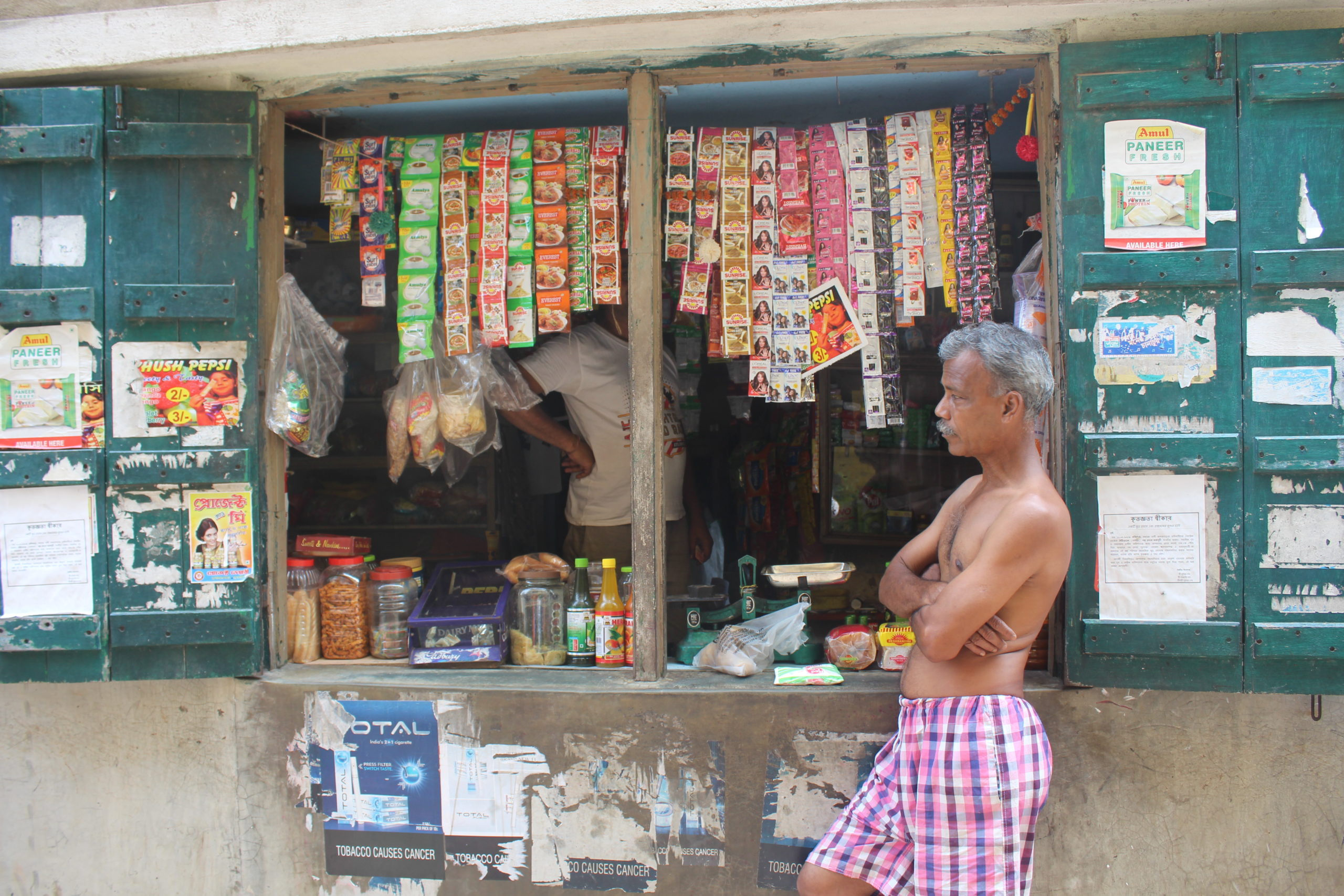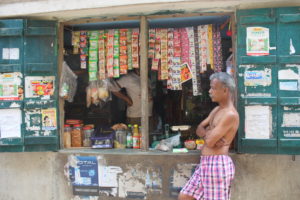Five Lessons in Designing Market Based Models for Nutritious Packaged Food Products for the Bottom of the Pyramid Consumers

Food is the second most important expense for lower income consumers, next to housing. The allocation towards food for an average bottom income-quantile consumer is 16% of the total expenditure. Still, undernutrition is most prevalent in this segment. This means the food they are consuming might not have the adequate nutrition they need.
Private sector organizations have helped these lower income consumers substitute their food products with more nutritious ones. This is by leveraging their existing purchasing power, developing aspirational yet nutritious products, and innovating route to market strategies. For example, over the last decade, Nestle has developed and refined a specific business model called Popularly Positioned Products (PPP) for lower-income consumers worldwide through which it provides an opportunity to consume high-quality food products that provide nutritional value at an affordable cost and appropriate format.
Let us take a look at five key lessons from private sector initiatives in designing such market-based models.
A. PRODUCT DESIGN
01 Familiar Local Food Products as a Vehicle to Market Nutrition at BoP
Products that have a synergy with local food habits have witnessed effective uptake among target consumers. This means the generic products like biscuits, chips, beverages etc. will either have to be popular among the target sub-segment or should have a current use in their local dietary habits. The design of such products comes with a deep understanding of the consumers.
For example, Nestle in West and Central Africa identified its Maggi bouillon cubes, already a popular condiment among the locals, and selected it as a carrier for iron fortification as a part of its responsible business. This was a huge success and two years later in 2011, and Nestle recorded sales of 75 million Maggi bouillon cubes every day in Africa alone.
In a similar way, Britannia in India recognized cereal-based biscuits were a cheap source of calories that could also be nutritionally beneficial. They developed two variants of iron fortified Tiger biscuits – one variant with high fortification was distributed through mid-day meals in schools in Hyderabad as a part of a grant funded pilot project, while the other variant with low fortification was sold directly through traditional retail channels.
02 Smaller SKUs to Introduce the Product Effectively
The purchase behaviour of lower income households is typically characterized by buying smaller SKUs at higher frequencies. This is influenced by a set of factors, the key ones being – affordability, limited space to store, and de-risking by testing a smaller volume of a new product. Additionally, if the purchase is made by children and teens, the cash in hand is less, which does not permit them to buy larger SKUs.
Hence, private organizations most of the time, introduce a food product through a smaller SKU. If you walk through the lanes of Dharavi, the largest urban slum in Asia and look for a pack of chips, you will hardly find a 10-rupee (USD 0.14) pack, as most children who buy them can afford to pay only 5 rupees (USD 0.7).
In 2019, DSM launched a range of affordable, locally relevant products, including staple-food fortifiers, biscuits for pregnant mothers, a micronutrient powder and a fortified beverage, each costing between USD 0.03 and USD 0.14, and volumes ranging from 5g to 20g. This is a part of their Making a Nutrition Difference in India (MANDI) initiative wherein they cater to the “500 million aspiring class consumers” in India.
03 Innovative packaging to amplify consumption frequency
Good packaging is instrumental in inducing curiosity among consumers and make that first purchase. Additionally, packaging also has the power to drive behaviour change, build loyalty and amplify consumption frequency.
For instance, Nutriset innovated its packaging for Nutributter to drive daily consumption. It comes in a strip of 7 sachets – each sachet with a different colour explicitly mentioning 1 sachet per child per day. On the back of each sachet, there are nutritional messages which emphasize the importance of Nutributter which is a lipid-based ready-to-use supplementary food for 6-24 months old.
B. MARKETING AND DISTRIBUTION DESIGN
04 Ecosystem Approach for Below the Line Marketing
Imagine a nutritious product for lower income pregnant and lactating mothers. If we engage local caregivers, health service providers, other experienced mothers from the community in the BTL activities, the effectiveness of the messages will multiply. Similarly, if you have a nutritious product for school going children and teens from urban slums, the effective way to run BTL activities will be through schools, tuition classes, the stores they frequent, through mothers informal groups.
An ecosystem approach provides us an opportunity to explore decision makers, influencers, behaviour drivers, which informs the BTL activities.
05 Direct Sales Model for Improving the Effectiveness of Outreach
There are two solutions that a direct sales model can provide for a business catering to low income consumers – 1. Enhance penetration for lower income market for already popular products and 2. Create demand and loyalty by introducing new products in the lower income market. In both cases, a direct salesforce locates, engages, and builds relationships with consumers more effectively than traditional sales.
For example, Nutri’zaza sales ladies in Madagascar sell ready-to-eat fortified porridge for infants at the doorstep of their clients daily, offering convenience that mothers are willing to pay for. For the business, they reach a penetration of over 50% in areas where they deliver the products.
In Brazil, Nestle has built a network of 200 micro-distributors and 7,000 door-to-door saleswomen selling fortified Nestlé products to around 700 000 lower-income consumers each month. Furthering its micro-distribution in the country, Nestlé launched the floating supermarket that targeted inaccessible villages in the Amazon to supply products to consumers as well as to micro-distributors in those areas.











